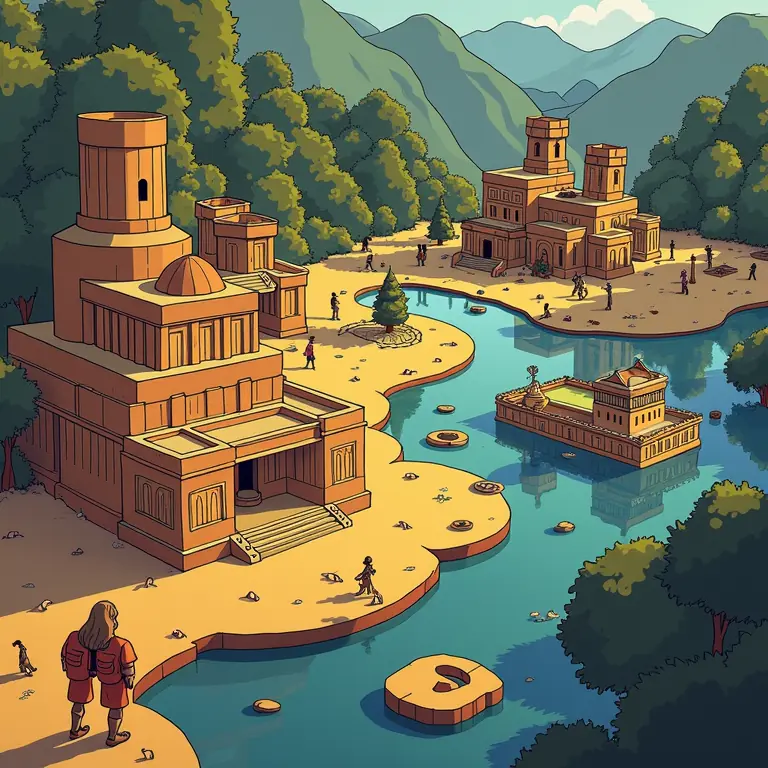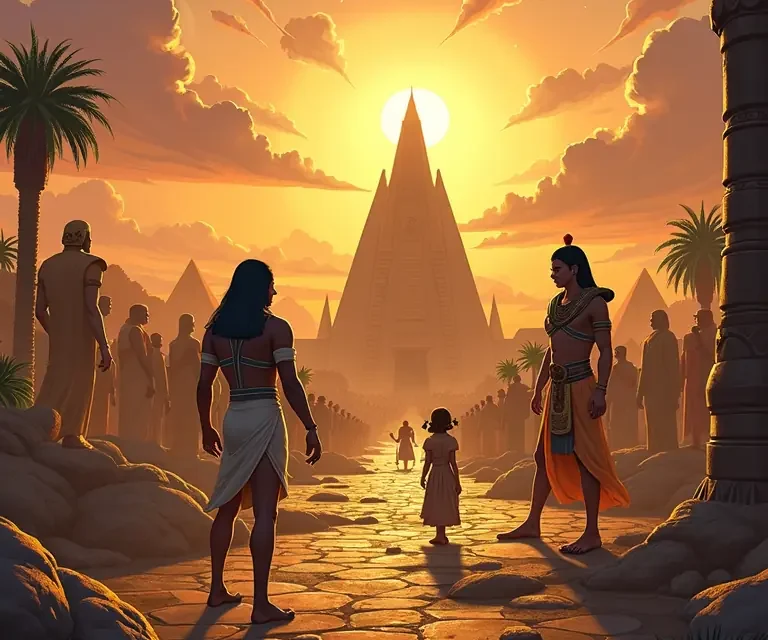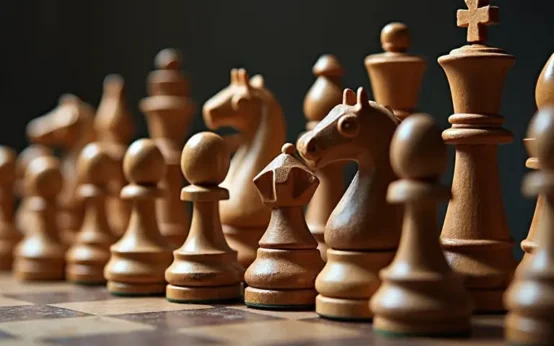Board games. For many, the phrase evokes cozy evenings, friendly competition, and the satisfying clatter of dice. But beyond the modern image of Monopoly and Scrabble lies a history stretching back millennia – a testament to humanity’s innate desire for strategy, social interaction, and a little bit of luck. This article will trace the fascinating evolution of board games, exploring their origins, their cultural significance, and how they’ve adapted to reflect changing societies. We’ll journey from the ancient tombs of Egypt to the tabletop cafes of today, discovering how these seemingly simple pastimes offer a window into the minds of those who came before us.
Ancient Beginnings: Games of Gods and Pharaohs
The earliest evidence of board games dates back to ancient civilizations. While pinpointing the very *first* board game is impossible (evidence decays, and definitions blur), several contenders stand out. One of the most well-documented is Senet, played in Predynastic and First Dynasty Egypt (around 3500 BCE). Archaeological discoveries, including boards in royal tombs like that of Tutankhamun, demonstrate Senet’s importance – it wasn’t merely a game, but held religious significance. The movement of pieces across the board was believed to represent the journey of the soul through the afterlife. Rules are reconstructed based on depictions and texts, suggesting a race-style game with elements of chance and strategy. The game’s connection to the afterlife meant that winning wasn’t just about skillful play; it was about pleasing the gods and ensuring a smooth transition to the next world.
Around the same period, and even earlier, evidence suggests the existence of Mehen, another Egyptian game. Mehen, named after a serpent god, involved pieces being moved along a spiral board resembling a coiled snake. Its rules remain largely unknown, adding to its mystique. Further east, in the ancient Near East, games like the Royal Game of Ur (circa 2600 BCE) emerged. Discovered in the Royal Cemetery of Ur (modern-day Iraq), this race game, with intricately crafted boards and pieces, utilized dice (astragali, or knucklebones) to determine movement. Like Senet, the Royal Game of Ur likely had a symbolic and potentially religious function, although the precise nature of this remains debated.
The Spread of Strategy: From East to West
As civilizations interacted, so did their games. The influence of these ancient games spread along trade routes and through conquest. Go, originating in China perhaps as early as the 4th century BCE, is a prime example. A game of pure strategy, Go involves players placing black and white stones on a grid, aiming to surround territory and capture opponent’s stones. Its complexity and depth have made it a favorite among strategists and mathematicians for centuries. Go’s influence extended beyond China, reaching Korea and Japan, where it became deeply ingrained in their cultures. Its philosophical underpinnings – emphasizing balance, harmony, and long-term planning – reflect Eastern thought.
In India, Chaturanga emerged around the 6th century CE. This game is widely considered the ancestor of chess. Chaturanga differed from modern chess in several key ways, involving different pieces with varying movement capabilities and often incorporating an element of chance. It represented a battlefield, with pieces symbolizing the four divisions of the Indian army: infantry, cavalry, elephants, and chariots. The game’s strategic complexity and its representation of warfare proved highly appealing.
Chess Takes the World: A Game of Kings
From Chaturanga, chess evolved as it spread westward. The Arabs adopted the game around the 7th century CE, refining the rules and naming the pieces in Arabic. Through the Moorish conquest of Spain in the 8th century, chess entered Europe. Over the next few centuries, the rules continued to evolve, culminating in the modern form of chess we know today by the 15th century. The transformation of the Queen into the most powerful piece is a particularly notable change, reflecting the increasing influence of powerful female rulers in Europe during that period. Chess became associated with royalty and nobility, a game of intellect and strategic prowess. The standardization of rules and the emergence of chess theory (the study of openings, endgames, and tactics) further solidified its position as a cornerstone of intellectual culture.

It’s worth noting that while chess gained prominence in the West, other strategic games continued to flourish elsewhere. Shogi in Japan, another descendant of Chaturanga, developed its own unique rules and characteristics, including the ability to ‘drop’ captured pieces back onto the board. These regional variations demonstrate the adaptability and enduring appeal of the core strategic principles inherent in these games.
Games of Chance and Social Interaction
While games like Go and Chess prioritize strategy, many board games throughout history have embraced chance as a key element. Backgammon, with roots tracing back to the ancient Middle East, combines strategy with the roll of dice. Its enduring popularity stems from its blend of tactical decision-making and unpredictable outcomes. Similarly, games like Ludo, derived from the Indian game Pachisi, rely heavily on dice rolls, creating a fast-paced and accessible experience. These games often served as social events, fostering community and providing a platform for friendly competition. Consider the role of gaming houses and coffee houses throughout history, where people gathered to play backgammon and other games of chance, engaging in social interaction and sometimes, wagering.
The development of playing cards in China during the 9th century CE also had a significant impact on gaming culture. Cards quickly spread to Europe, giving rise to a vast array of card games, some of which eventually inspired board games.
The Rise of Modern Board Games: Victorian Era and Beyond
The 19th century witnessed a surge in the popularity of board games, particularly in Victorian England. This period saw the emergence of morality-based games designed to instill values in players. The Mansion of Happiness (1843), for example, was a race game where players navigated a path filled with virtues and vices, rewarded for good deeds and penalized for bad ones. These games reflected the social concerns and moral climate of the Victorian era. The rise of mass production also made board games more affordable and accessible to a wider audience. The development of lithography allowed for the creation of colorful and visually appealing game boards and pieces.
The early 20th century brought about some of the most iconic board games we know today. Monopoly, originally created as The Landlord’s Game by Lizzie Magie in 1903 as a critique of capitalist land grabbing, was later popularized by Charles Darrow in the 1930s. Its success reflected the economic anxieties of the Great Depression. Scrabble, invented in 1931, became a word game phenomenon, challenging players to build vocabulary and strategic thinking. These games, and others like Clue (Cluedo), captured the public imagination and established the modern board game industry.

The German Game Revolution and Beyond
The late 20th and early 21st centuries saw a significant shift in board game design, often referred to as the “German Game Revolution.” Designers like Klaus Teuber (creator of Settlers of Catan) pioneered a new style of game emphasizing resource management, strategic planning, and limited direct conflict. Settlers of Catan (1995), with its hexagonal tile board and focus on building settlements and trading resources, became a global phenomenon, introducing a new generation to the joys of strategic board gaming. This style of game – often called “Eurogames” – prioritized player agency and complex decision-making over direct confrontation.
The success of Eurogames paved the way for a surge in innovative board game design. Cooperative games, where players work together to achieve a common goal, gained popularity. Legacy games, where the game board and rules evolve over multiple play sessions, created a unique and immersive experience. The advent of crowdfunding platforms like Kickstarter allowed independent game designers to reach a wider audience and bring their creations to life. Today, the board game industry is thriving, with a diverse range of games catering to every taste and interest. From complex strategic simulations to lighthearted party games, there’s a board game out there for everyone.
The Future of Board Games
What does the future hold for board games? Several trends suggest exciting possibilities. The integration of digital technology is becoming increasingly common, with companion apps providing enhanced gameplay experiences and tracking scores. Hybrid games, blending physical components with digital elements, are also emerging. The demand for immersive and thematic games continues to grow, with designers crafting richly detailed worlds and compelling narratives.
Furthermore, the increasing awareness of inclusivity and diversity in game design is leading to a wider range of perspectives and experiences represented in board games. We can expect to see more games that challenge traditional norms and celebrate diverse cultures. The core appeal of board games – the opportunity to connect with others, engage in strategic thinking, and experience the thrill of competition – will undoubtedly remain strong. As long as humans continue to seek social interaction and intellectual stimulation, board games will continue to evolve and captivate us.
To understand the broader context of game development and the rise of digital entertainment, consider watching:
The evolution of board games is a fascinating reflection of human history, culture, and ingenuity. From the ancient tombs of Egypt to the modern tabletop, these games offer a unique window into the past and a glimpse into the future of entertainment.
Further Exploration:
- The Clockwork Universe of Automata: A History of Mechanical Marvels – Explore the history of mechanical devices, which often inspired game components.
- Echoes of the Past: Uncovering the Origins of Common Idioms – Discover how language evolves alongside cultural practices, including gaming.
- The Botanical Origins of Everyday Medicines: From Folk Remedies to Modern Pharma – Learn about the historical use of plants, potentially relating to materials used in early game pieces.
- The Unexpected Role of Bees in Ancient Timekeeping – Investigate how ancient civilizations measured time, which influenced the development of games.
- The Surprisingly Recent History of Punctuation: A Guide to Marks We Take for Granted – Consider how the standardization of writing influenced the recording of game rules.


 The Surprisingly Consistent Science of Vintage Board Game Packaging – Art, Marketing & Cultural Reflection
The Surprisingly Consistent Science of Vintage Board Game Packaging – Art, Marketing & Cultural Reflection  The Surprisingly Consistent Evolution of Board Game Pieces – From Pawns to Plastic, a History of Playful Figures
The Surprisingly Consistent Evolution of Board Game Pieces – From Pawns to Plastic, a History of Playful Figures